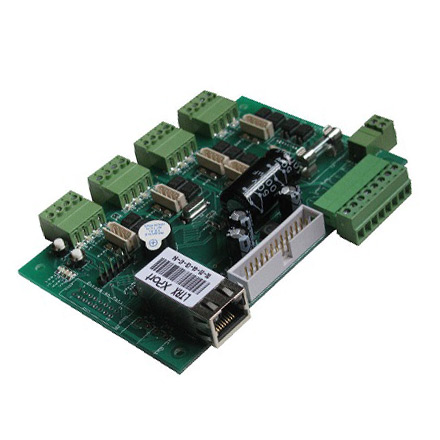In the dynamic world of construction and architecture, the price of float glass is a pivotal factor that significantly influences project budgets and timelines. Float glass, a widely used material in windows, facades, and a myriad of other applications, offers transparency, durability, and versatility, making it a staple in both residential and commercial projects.

Experience with negotiating float glass prices underscores the need for staying informed about the key variables that affect cost. It's crucial to understand that float glass pricing is not a static figure and can fluctuate based on several determinants. Firstly,
market demand plays a substantial role. As economic conditions sway construction booms or stagnation, the demand for float glass can rise or fall, respectively. For instance, during periods of economic growth where urban development is prevalent, the demand for float glass typically increases, thereby driving up prices. On the contrary, economic downturns might witness a price dip due to reduced market activity.
Global supply chains also heavily influence float glass prices. The production of float glass is a complex process involving the melting of raw materials like silica sand, soda ash, and limestone at high temperatures. The availability and cost of these raw materials, often imported from different parts of the world, can significantly affect float glass prices. For instance, if there are disruptions in the supply chain, such as political instability or natural disasters that impact the source regions, there might be a noticeable spike in prices.

Moreover, the cost of energy, a fundamental component in the production of float glass, shouldn’t be overlooked. The manufacturing process is energy-intensive, involving heating materials to over 1,700 degrees Celsius. Therefore, fluctuations in energy costs, particularly electricity and natural gas, can have repercussions on the final pricing of float glass. For example, a rise in energy prices will likely lead to higher production costs, which glass manufacturers might pass on to the buyers.
In terms of expertise, engaging with suppliers who have a solid track record and industry expertise can be beneficial. These suppliers often have insights into upcoming trends in glass production technology or new regulatory policies that can affect prices. It is advisable to establish long-term partnerships with reputable suppliers who can offer competitive pricing and share knowledge on minimizing costs through bulk purchases or off-peak buying.
float glass price
Authoritativeness in the float glass industry is often associated with certification and compliance with international standards. Premium float glass products that meet stringent quality and safety standards are typically priced higher. As a buyer, it's essential to discern between standard float glass and specialized variants that may offer enhanced attributes like thermal insulation or UV protection, which command higher prices due to the advanced technology and production processes involved.
Trustworthiness in transactions can be achieved through due diligence. Ensuring that suppliers adhere to ethical practices and have transparent pricing models is crucial. Engaging in contracts that clearly outline the price breakdown, including potential escalations due to market shifts, can prevent unexpected financial surprises. The alignment with suppliers who have a reputation for integrity in their dealings builds trust and facilitates smoother transactions.
To maintain a competitive edge, companies often invest in market research and data analytics to monitor price trends and predict future movements. This strategic approach allows businesses to time their purchases optimally and mitigate risks associated with price volatility. Leveraging technology, such as automated procurement systems and AI-driven analytics, gives companies the foresight to make informed purchasing decisions.
Float glass remains an indispensable element in modern architecture and design, and understanding the myriad factors affecting its price can lead to more strategic and cost-effective procurement strategies. Companies that harness deep industry knowledge, foster strong supplier relationships, and employ predictive analytics are better positioned to navigate the complexities of float glass pricing, ultimately achieving both economic and operational efficiencies. By staying adaptive and informed, businesses can ensure that they procure high-quality float glass at prices that complement their financial objectives.



